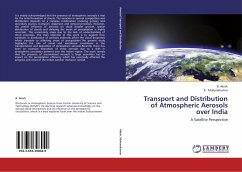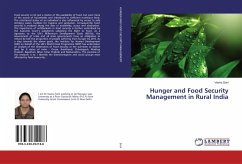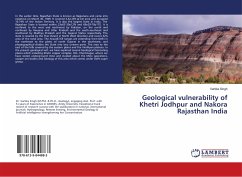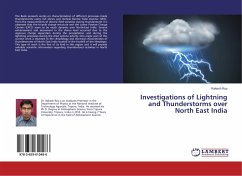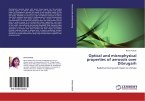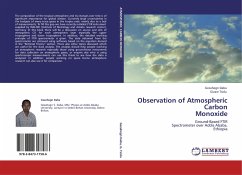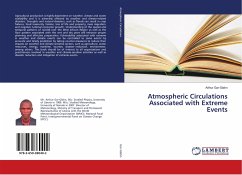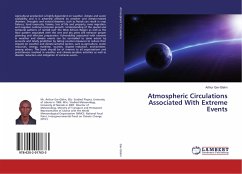It is widely acknowledged that the presence of atmospheric aerosols is vital for the initial formation of clouds. The variation in aerosol composition and distribution depends on a complex combination involving primary and secondary sources, transport, dispersion and removal processes. However, the overall influence of aerosols on cloud droplet growth, spatial distribution of clouds and delaying the onset of precipitation is highly uncertain. This uncertainty arises due to the lack of understanding of cloud processes. The main objective of this work is to suggest how variations in distribution of aerosols indirectly affect the cloud properties which translate to affecting onset of precipitation.The present study highlights the role of zonal and meridional circulations in the transportation and deposition of atmospheric aerosols.Recently, there has been an excessive deposition of these aerosols due to a shift in atmospheric circulation patterns over the Indian region. The work reveals that the presence of accumulated aerosols in large quantities has an impact on the precipitation efficiency which has eventually affected the progress and onset of the Indian summer monsoon rainfall.
Bitte wählen Sie Ihr Anliegen aus.
Rechnungen
Retourenschein anfordern
Bestellstatus
Storno

